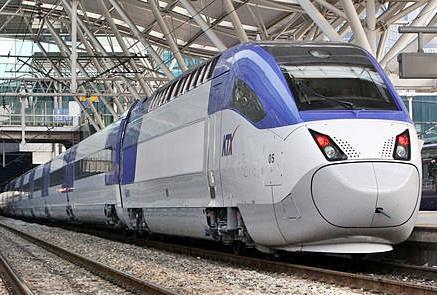
SOUTH KOREA: Following a successful passenger-carrying preview run with its first KTX-II high speed trainset, Korail announced on February 10 that the trains will enter revenue service on March 2. Tickets for the new services are due to go on sale from February 23.
The state-owned operator plans to introduce KTX-II on the existing Seoul – Daegu high speed line, operating through services from Seoul to Busan alongside the existing TGV-derived KTX trains. The trains will also operate on the Honam line from Daejon to Gwangju, where the country’s second high speed route is being built to serve Gwangju and Mokpo. They will later be introduced on Jeolla line services to Iksan and Yeosu, where the Korea 2012 Expo is to be held.
‘This is the nation's first bullet train developed by Korean engineers and designed for Koreans. I hope Korean travellers will enjoy the new experience and convenience’ said Korail CEO Huh Joon-Young. The aluminium-bodied KTX-II was developed through a 225·8 bn won co-operation project involving government bodies, academic research institutes and the local supply industry which began in 1996. According to Hyundai Rotem’s Chief Research Engineer Lee Joung-yul, ‘about 87% of KTX-II is produced from local technologies’.
The first of an initial build of ten 10-car trainsets was rolled out at the end of 2008, and a further nine trains are due for delivery this year. Although KTX-II is designed for 350 km/h operation, the trains will initially be limited to 300 km/h.
According to Korail, KTX-II incorporates many Korean interior design features, including rotating seats which can be arranged to suit the direction of travel. Passenger facilities include wi-fi internet access as well digital multimedia broadcasts, snack bars and business compartments with small tables.
As well as developing a 400 km/h trainset for operation in South Korea, the suppliers are now looking to offer an export version of KTX-II for countries developing or planning future high speed lines, including Brazil, Turkey and the USA.

















